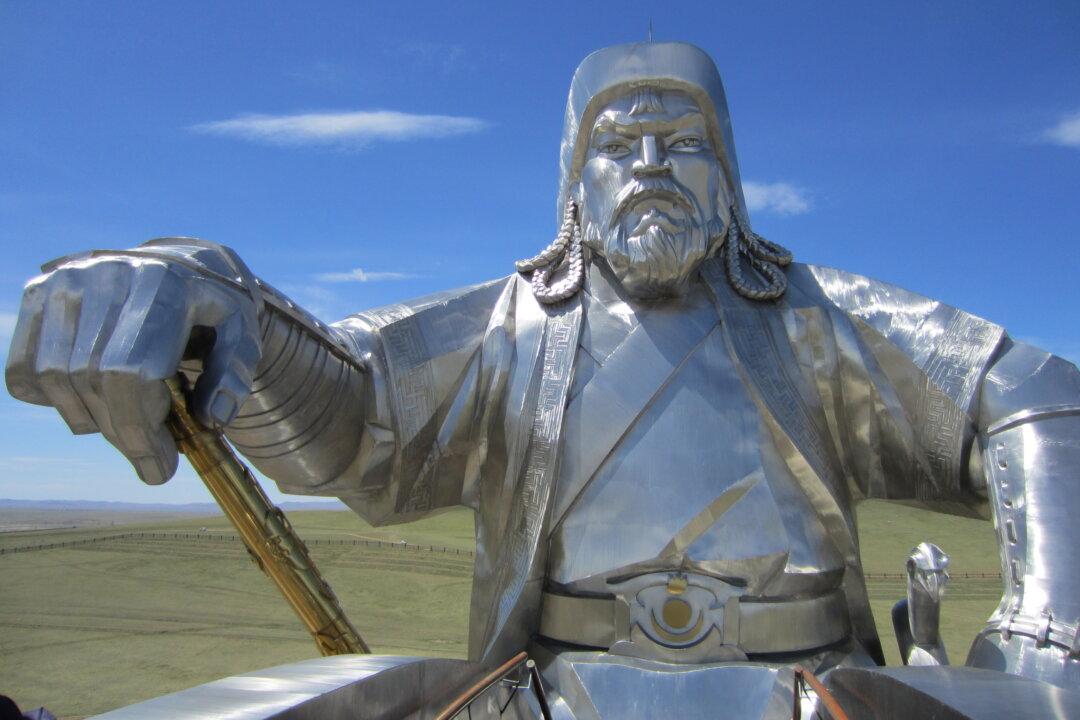Imagine our world long ago, when the Great Pyramid at Giza and Stonehenge were young. The freshly cut stones are smooth to the touch without the erosion and decay that will eventually besiege them. Their towering architecture rises into the sky as a beacon of human ingenuity and accomplishment.
Megalithic structures are found all over the world, from South America (Puma Punku) heading east to Japan (Ishibutai Tomb), and just about everywhere in between.
Is it possible that ancient giants built some of these towering structures?
Construction of the Great Pyramid and the megalithic foundation at Baalbek temple complex in Lebanon still stump scientists. If giants existed, they would naturally have an advantage over a typical man in constructing large, megalithic structures.




